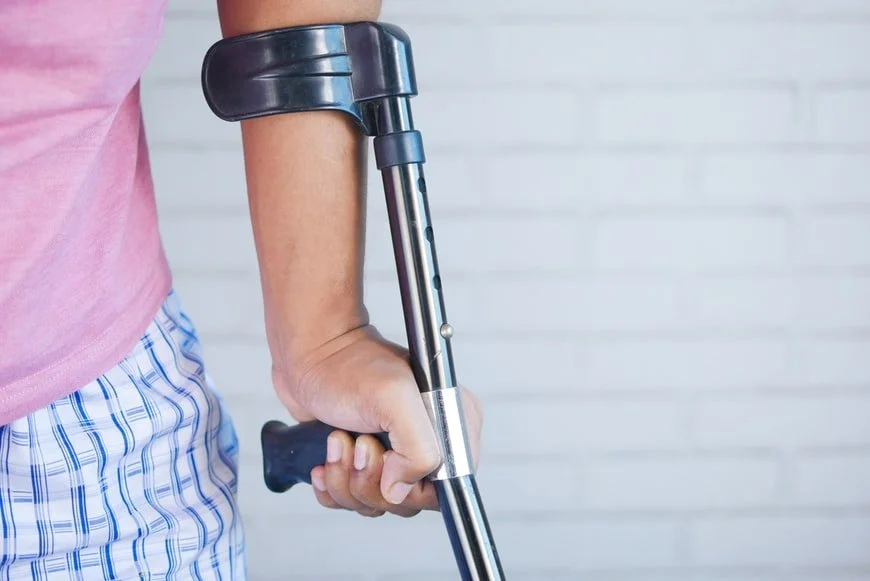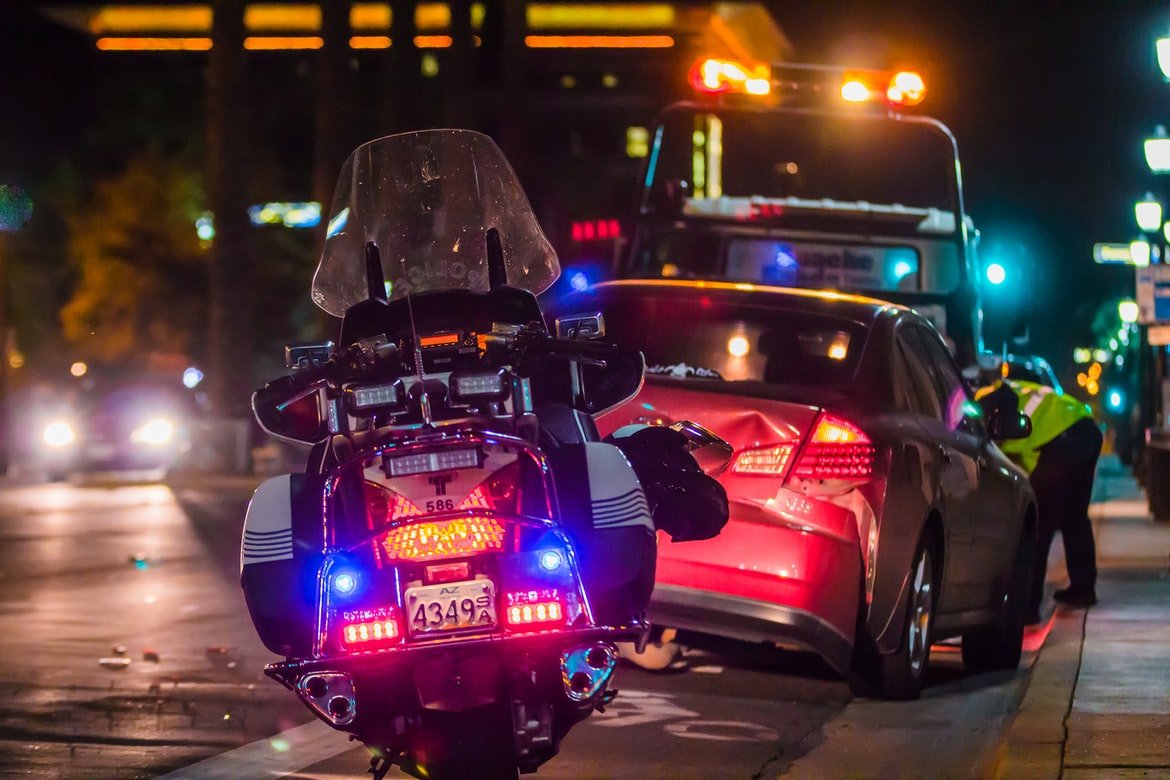What Is Accident Reconstruction And Is It Mandatory In Personal Injury Cases? Find Out Here
When accidents occur, they can be accompanied by injuries and damages of all kinds. There are different ways of handling these accidents, depending on whether or not they lead to personal injury cases. In such cases, there is a need for a thorough examination and investigation of the accident scene to determine the liability and extent of damages.
The process of investigating and reconstructing the accident scene is called accident reconstruction. Some people refer to it as traffic crash reconstruction, which is a more restrictive definition for this process concerning vehicle accidents only. In many cases, it results from an official investigation ordered by police authorities, insurance agencies, or attorneys representing parties involved in the case. In this article, we will discuss in detail what traffic crash reconstruction is and how it works.
What is an Accident Reconstruction?
An accident reconstruction is a scientific process used as a means of gathering and analyzing information about an accident to determine its causes and contributing factors. This includes the collection of all evidence at the scene, including physical objects such as broken glass and tire marks, and injuries like bruising and lacerations on the victim's body. The aim is to recreate the conditions surrounding the incident and show how they led to it, both through testimonies of witnesses and technical analysis.
Is It Mandatory In Personal Injury Case?
No, accident reconstruction itself is not mandatory to file a personal injury claim or settle out-of-court with insurance carriers. However, its results are usually very helpful and can be quite helpful in making responsible, informed decisions about how to proceed with an injury claim. So if we are talking about whether is reconstructing an accident scene in a personal injury case necessary, the answer is yes. It can hinge on whether or not damages such as medical expenses, lost wages, and pain and suffering are substantial enough to outweigh the benefits of settling out-of-court versus going through a lengthy legal process.
How does it Work?
Accident reconstruction starts by identifying all parties involved – vehicle occupants, pedestrians, or cyclists – based on the available evidence at the scene. Information like the direction of travel speeds before impact (if any), point of departure (where each party started from) is also collected. A pedestrian may have been hit by a car, for example, but the point of departure could be a parking lot in front of a store. In this case, it means that the pedestrian was likely crossing a road and got hit by a car going across the intersection.
Traffic crash reconstructionists use various tools and equipment to collect evidence at the scene. This includes lasers for measuring angles between objects, cameras for capturing photo images from multiple angles, calibrated tripods with laser tape measures to measure distances or speeds, and digital voice recorders or other field recording equipment to capture sounds. All necessary information must be gathered from the moment police authorities report an accident until its conclusion before any important details are lost forever. The integrity of evidence must also be preserved to avoid confusion and uncertainty in the reconstruction process.
What Are Its Benefits?
Accident reconstruction is necessary for various reasons. First, it helps determine liability by determining the speed of vehicles involved in an accident before impact. Second, it determines the extent of damages or injuries that can be claimed from insurance companies or other parties responsible for causing accidents. Third, it establishes facts that are important during legal proceedings concerning personal injury claims based on negligence. For example, if there is physical evidence showing that a driver was speeding at the time of an accident, then this fact will strengthen the claimant's argument against any counterclaims involving his negligence.
What Are Its Limitations?
The biggest limitation of traffic crash reconstruction is that it cannot be used to conclusively establish or prove negligence in any given case. This can only be done through proper legal procedures like filing a personal injury claim with the help of an experienced lawyer. As explained by Jay Murray accident reconstruction is only one tool in the process of proving negligence. Traffic accidents are complex and require rigorous investigation, which means relying on one single source of evidence may not always lead to the desired conclusion. This is especially true when there are no witnesses available or if their testimonies contradict each other or technical findings from accident reconstructions. In this case, it is best to seek professional legal advice.
Accident reconstruction is critical to both the prosecution and defense of personal injury claims. It helps establish facts that are important during any legal proceedings based on negligence, including supporting the claimant's argument against counterclaims of contributory negligence by defendants. However, it is not conclusive in establishing or proving negligence and therefore cannot be used to win personal injury claims alone. So make sure to consult an experienced personal injury lawyer to help you identify the best legal options for you and your case.







